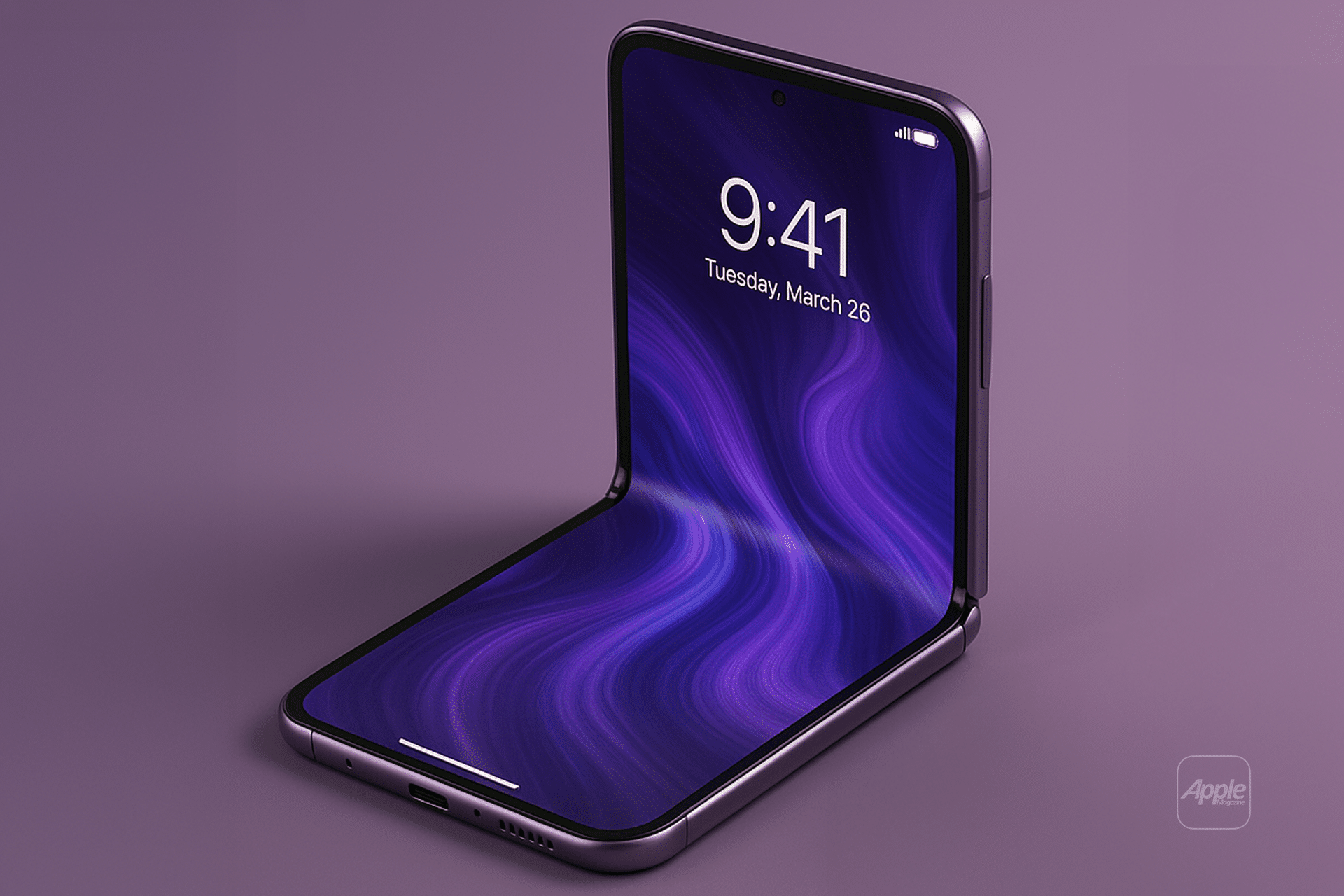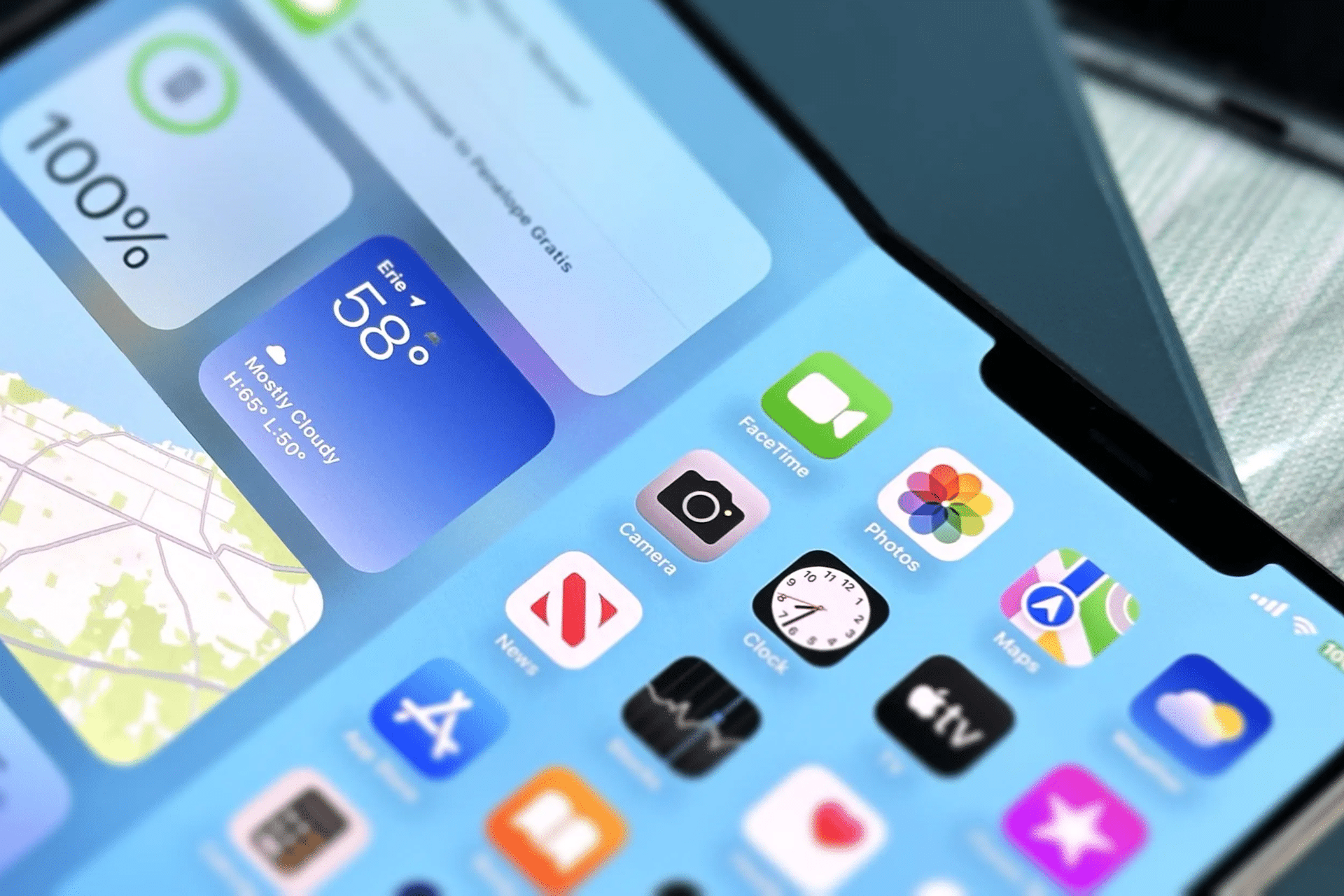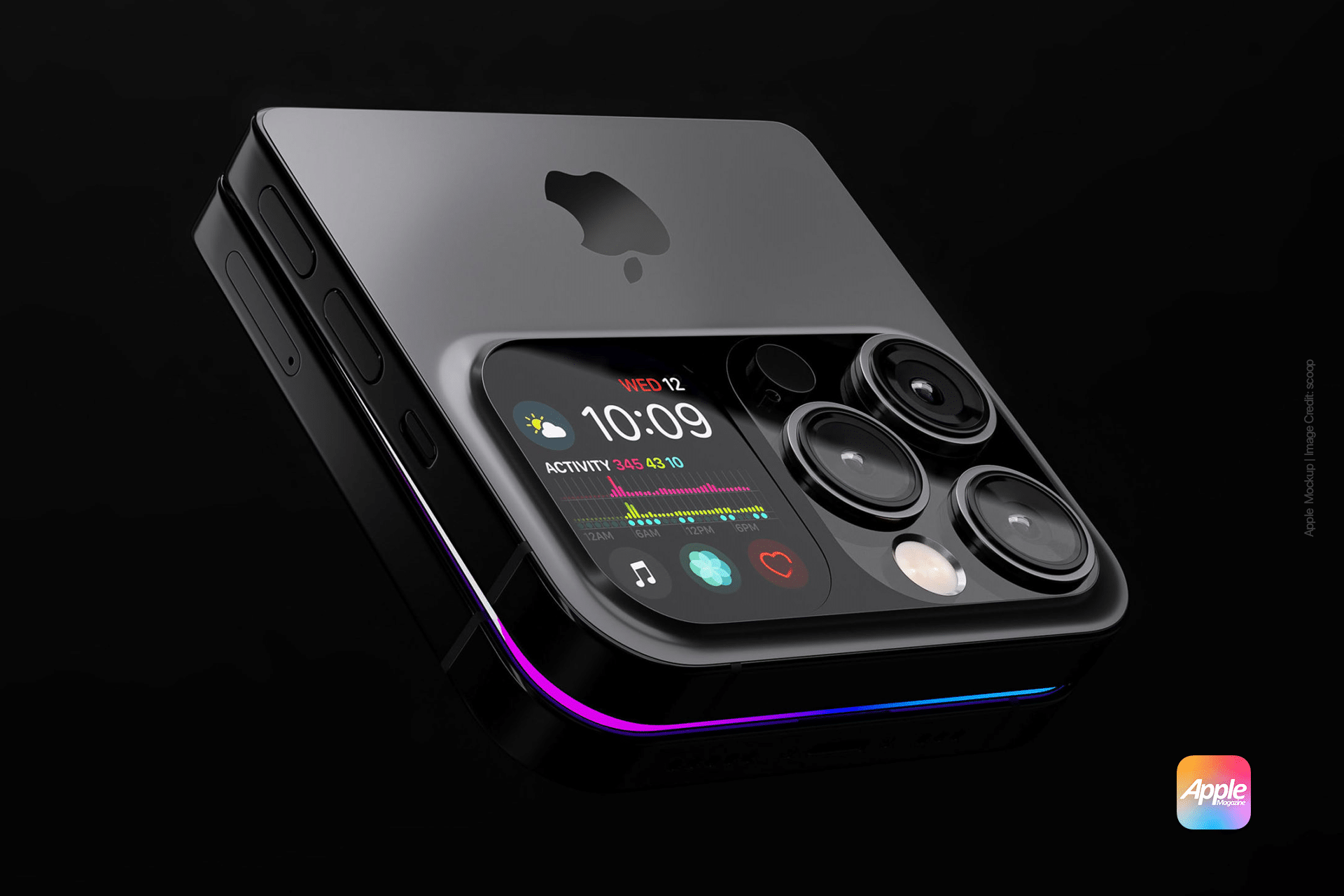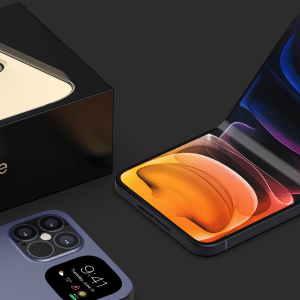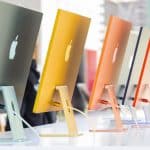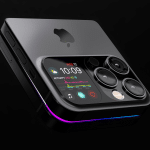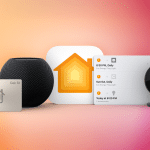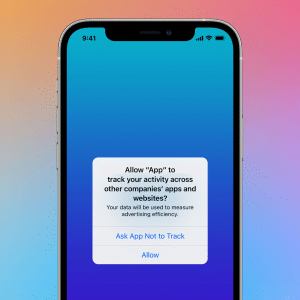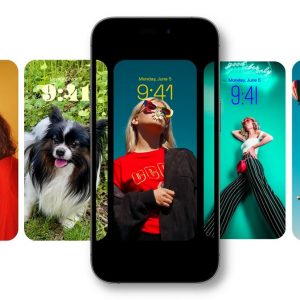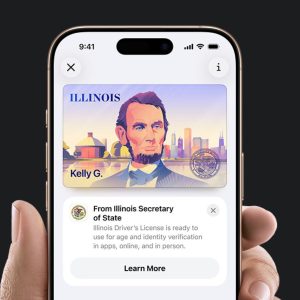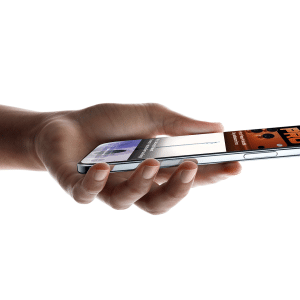The iPhone Fold promises a fresh twist—literally—on Apple’s smartphone formula. Leaks hint at a clamshell design, folding vertically like Samsung’s Galaxy Z Flip, with a screen that could expand to roughly 7.8 inches when open, per analyst Ming-Chi Kuo’s March 2025 insights. That’s a hair shy of the iPad mini’s 8.3-inch display, sparking chatter about it doubling as a phone-tablet hybrid. Yet, the reality is more grounded: it’s an iPhone first, not a device poised to cannibalize Apple’s existing stars.
Why? For starters, it won’t outshine the standard iPhone’s practicality. Non-folding models—like the iPhone 16—cater to most users with sleek, durable designs honed over nearly two decades. The Fold, with its moving parts and inevitable crease concerns, introduces trade-offs: added bulk when closed, potential fragility, and a price tag rumored to soar past $2,000. That’s double the cost of a base iPhone 16 Pro, making it a luxury buy, not a mass-market staple. Early adopters will snap it up, but as AppleInsider’s Amber Neely notes, sales will likely taper as the non-folding crowd sticks to what’s tried and true.
Nor will it eclipse the iPad. A folded-out iPhone might flirt with tablet territory, but it lacks the iPad’s spacious canvas and multitasking muscle—think Split View or Stage Manager on an 11-inch iPad Pro. The Fold’s appeal lies in portability, not in replacing a device built for productivity or creative workflows. If anything, a foldable iPad, rumored for 2027, makes more sense for that role, shrinking a larger screen into a pocketable package without compromising utility.
The Hype vs. History
Expectations for the iPhone Fold to “kill” its siblings echo past predictions that never panned out. Remember when the iPad was supposed to bury the Mac? Or when every rival foldable was hailed as an iPhone-slayer? Fifteen years of misfires prove Apple’s core lineup has staying power. The iPhone Fold won’t rewrite that script—it’s a new category, not a coup. It’ll sell because it’s Apple, tapping into the same loyal base that queues for every launch, but it’s not poised to dethrone the icons.
Practical hurdles reinforce this. Folding screens, while improved, still wrestle with durability—creases form, hinges wear. Apple’s obsessive quality standards might mitigate these, but not eliminate them. Neely flags another snag: human clumsiness. Dropping a $2,500 folding iPhone could sting more than a standard model’s tumble, especially with Gorilla Glass facing new stresses. Compare that to an iPad’s sturdy slab or an iPhone’s familiar resilience, and the Fold feels like a riskier bet.
What It Brings to the Table
So, what’s the point? The iPhone Fold is about choice, not conquest. It’s for users who crave a bigger screen on the go without lugging an iPad mini—or who just want to flex the latest tech. Picture unfolding it to watch a video in a cramped plane seat or sketch with an Apple Pencil on a commute. It’s a niche perk, not a necessity. Supply-chain buzz suggests Apple’s refining this vision, possibly with Samsung or LG displays and a liquid-metal hinge for strength, but it’s still an experiment, not a replacement.
This aligns with Apple’s playbook: innovate, don’t obliterate. The Mac didn’t kill the iPod; the iPhone didn’t erase the Mac. Each device carves its lane. The Fold will too—pricey, flashy, and aimed at “monied technology enthusiasts,” as one forum commenter put it. It’s a flex of engineering muscle, not a bid to upend the ecosystem.
Looking Ahead
The iPhone Fold’s arrival—pegged for late 2026 or early 2027—will spark buzz, sell fast, and then settle into its corner. It won’t fail; Apple rarely does. But it’s not the iPhone or iPad killer some hope—or fear. It’s a foldable iPhone, plain and simple, adding variety without rewriting the rulebook. For users, it’s a cool option. For Apple, it’s another way to keep the faithful hooked. Thrones stay intact.
